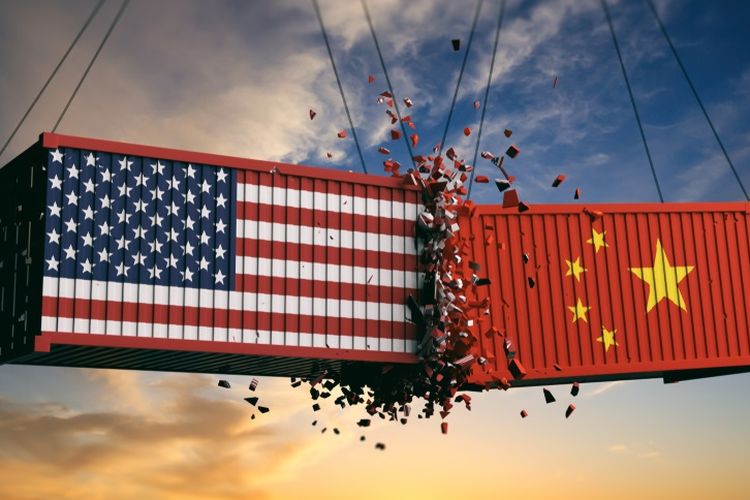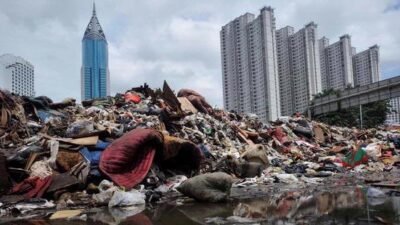A New Era of Economic Tensions
Just when the global economy was beginning to recover from the devastating impact of the COVID-19 pandemic, a new wave of uncertainty has emerged—Trade War 2.0. Unlike the previous round of trade tensions, this new phase involves broader participation, deeper sanctions, and more aggressive tariffs between major global powers.
This time, the economic fallout is not only wider in scale but also more deeply embedded in critical supply chains, making the situation potentially more damaging than the COVID-era slowdown.
Global Trade Disrupted Again
At the center of this economic turmoil are the ongoing disputes between the United States, China, and several key trade partners. The implementation of fresh tariffs, bans on advanced technologies, and restrictions on key exports have begun to choke global commerce once again.
Major industries—ranging from semiconductors to agriculture—are already feeling the squeeze. Companies are being forced to restructure supply chains, relocate production hubs, and manage skyrocketing costs, all while facing shrinking consumer demand.
Unlike the pandemic, which was a health crisis with economic consequences, Trade War 2.0 is a policy-driven confrontation, and thus its duration remains unpredictable.
Inflation Pressures Return
One of the most alarming outcomes of this renewed trade conflict is the return of inflationary pressures. As import costs rise due to tariffs and restrictions, consumers face higher prices across the board—from electronics and energy to food and basic goods.
Central banks are walking a tightrope. While some are considering raising interest rates again to curb inflation, others are wary of doing so amid sluggish growth. The result is a fragile global financial landscape that’s vulnerable to further shocks.
Emerging Markets Hit the Hardest
Emerging economies, especially those dependent on exports or foreign investment, are suffering disproportionately. Many had just begun to stabilize post-pandemic, only to be dragged back into economic uncertainty by global trade disruptions.
Currencies in several developing nations are weakening, and their trade deficits are ballooning, adding pressure on already strained government budgets. In response, some countries are introducing emergency protectionist policies—which could worsen the overall situation.
Is It Worse Than COVID?
In some aspects, yes. While the COVID-19 crisis brought the world to a standstill, governments and central banks responded with massive stimulus packages. There was a sense of global unity to fight a common enemy.
In contrast, Trade War 2.0 reflects a divided world, where nations are acting out of self-interest. With fewer cooperative efforts and growing political tensions, the potential for long-term economic fragmentation is much higher.
Global growth forecasts have already been downgraded by multiple institutions, and investor sentiment remains cautious as markets brace for prolonged volatility.
Final Thoughts: A Call for Diplomacy and Strategy
The current global economic condition is clearly under strain. Trade War 2.0 has reignited supply chain bottlenecks, triggered inflation, and injected deep uncertainty into markets. If left unresolved, its consequences could indeed surpass the economic damage caused by COVID-19.








